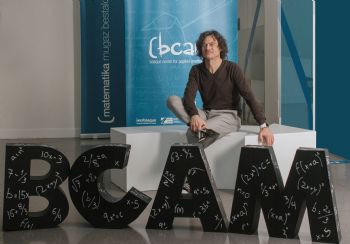
Lantek (
www.lanteksms.com), a multi-national company focused on the digital transformation of the sheet metal and fabrication industrial sectors, has entered into a collaborative agreement with the Basque Center for Applied Mathematics (BCAM).
As a starting point, the collaboration will explore new ways of considering parts nesting.
The aim of the nesting process is to make maximum use of the material, arranging the pieces of sheet metal that are to be cut to minimise material wastage while optimising the machine’s cutting time.
Lantek says that this collaboration will result in an advanced algorithm that achieves optimised 2-D nesting for a variety of scenarios.
The researchers in the Computational Mathematics group at BCAM have extensive experience in geometric modelling and optimisation, and they are using their knowledge to: design an efficient algorithm for the problem of parts nesting in 2-D; design discreet pairing measures; improve the current nesting method, which uses the representation of areas (pixels) through the representation of boundaries; and develop software that both increases the speed of calculations and optimises material management.
Michael Barton, the lead researcher of the project at BCAM, says that from the mathematical and computational point of view, the challenge is to obtain a very precise solution “while keeping the rasterisation size to a minimum in order to streamline the algorithm and avoid excessive computing times”.